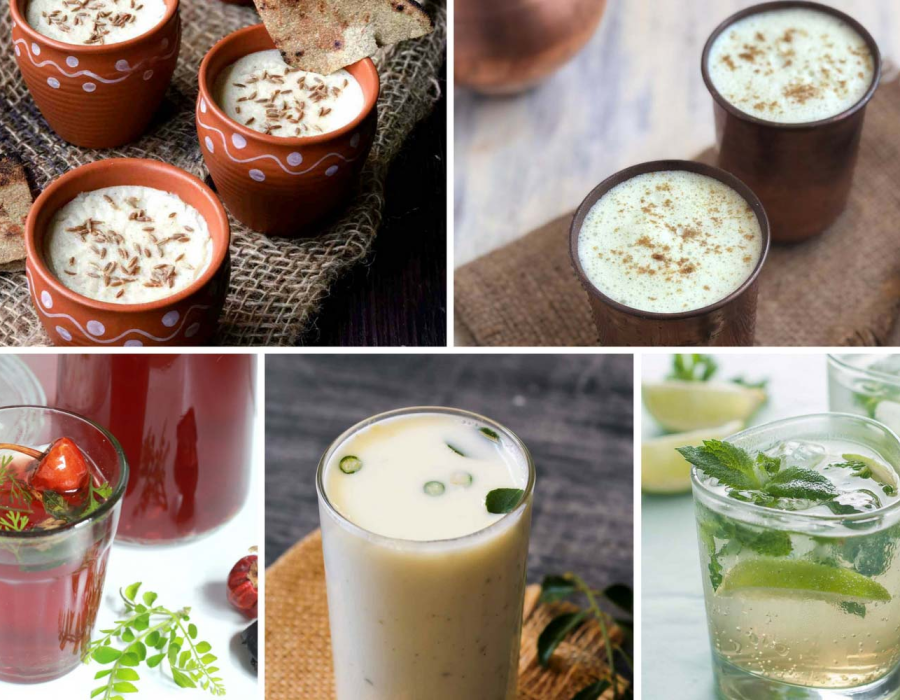When we think of South Indian cuisine, our taste buds are instantly tantalized by the aromatic spices, flavorful curries, and crispy dosas. However, South India is not only a treasure trove of culinary delights but also home to a fascinating array of traditional beverages. In this blog post, we will delve into the history and origins of South Indian beverages, exploring the cultural significance and unique flavors that have evolved over centuries.
The Ancient Elixir: Panakam and Its Origins:
Panakam, a refreshing traditional South Indian beverage, holds a special place in religious and festive rituals. This sweet and tangy concoction is believed to have its origins in Ayurvedic traditions. We'll explore the historical significance of Panakam, made with jaggery, ginger, cardamom, and lime, and its association with festivals like Ram Navami and Hanuman Jayanti.
The Cooling Delight: Buttermilk and Its Heritage:
Buttermilk, a popular coolant and digestive aid, has been a staple in South Indian cuisine for centuries. We'll trace the origins of this refreshing drink, traditionally made by churning yogurt and diluting it with water. Discover how buttermilk became an essential part of South Indian meals and its place in local culinary traditions.
Filter Coffee: The Aroma of South India:
The history of South Indian beverages is intricately tied to the iconic filter coffee, making it an essential part of the South Indian menu. With its introduction by Indian coffee planters in the 17th century, this aromatic brew rapidly became a beloved choice among locals. We will explore the traditional brewing process, which involves using a metal filter and serving the coffee with frothy milk. Uncover the cultural significance and the art of savoring a steaming cup of filter coffee within the realm of the South Indian menu.
Nannari Sherbet: Ancient Roots of a Refreshing Beverage:
Nannari sherbet, also known as Indian sarsaparilla, is a traditional South Indian drink with a long history. Derived from the roots of the nannari plant, this cooling beverage has been enjoyed for its medicinal properties since ancient times. Explore the folklore and medicinal benefits associated with nannari sherbet and its enduring popularity in South Indian households.
Palmyra Palm Nectar: The Liquid Gold of South India:
Palmyra palm, also known as toddy palm, has been a source of nourishment and livelihood for generations in South India. The sweet nectar collected from the palm tree is used to make a refreshing and mildly intoxicating drink called "toddy." We'll delve into the cultural significance of palmyra palm nectar, its role in rural communities, and the traditional process of tapping and fermenting palm juice.
Conclusion:
South Indian beverages are not just thirst-quenching delights; they are a testament to the rich history and cultural heritage of the region. From the aroma of filter coffee to the cooling properties of buttermilk, each beverage carries a story that is deeply intertwined with South Indian traditions. By understanding the origins and significance of these beverages, we can gain a deeper appreciation for their role in South Indian culinary heritage. So, the next time you sip on a South Indian drink, remember the journey it has taken from ancient times to your cup, carrying with it the flavors of tradition and the essence of a vibrant culture.





Comments